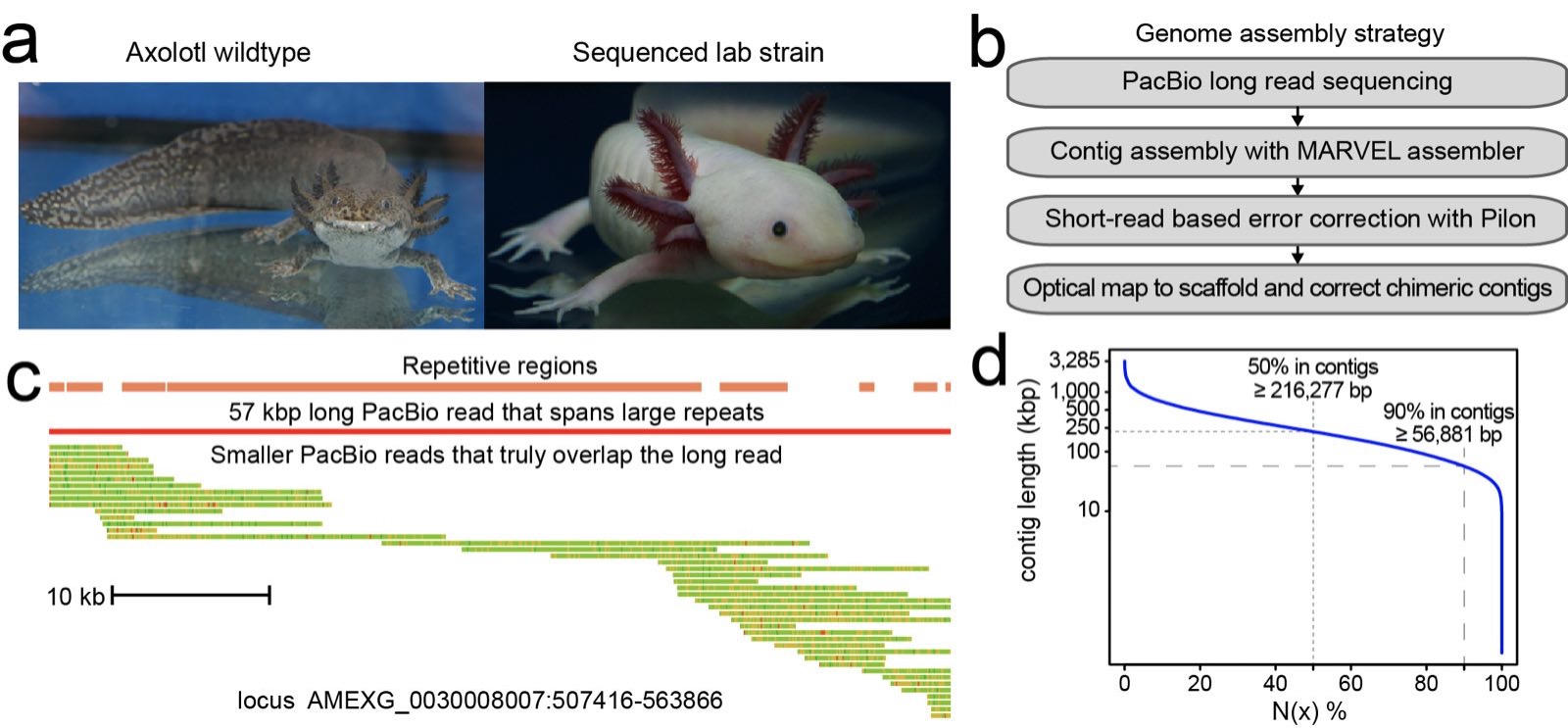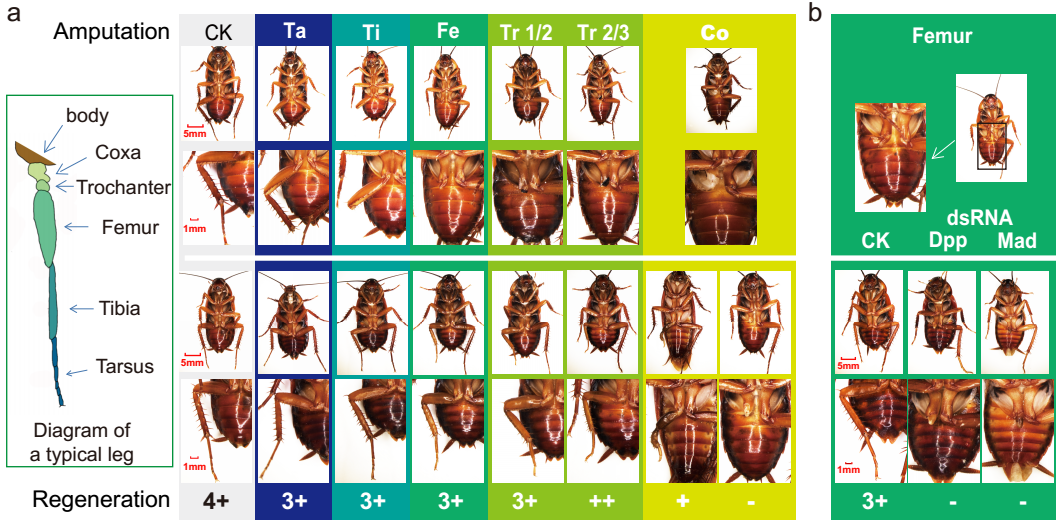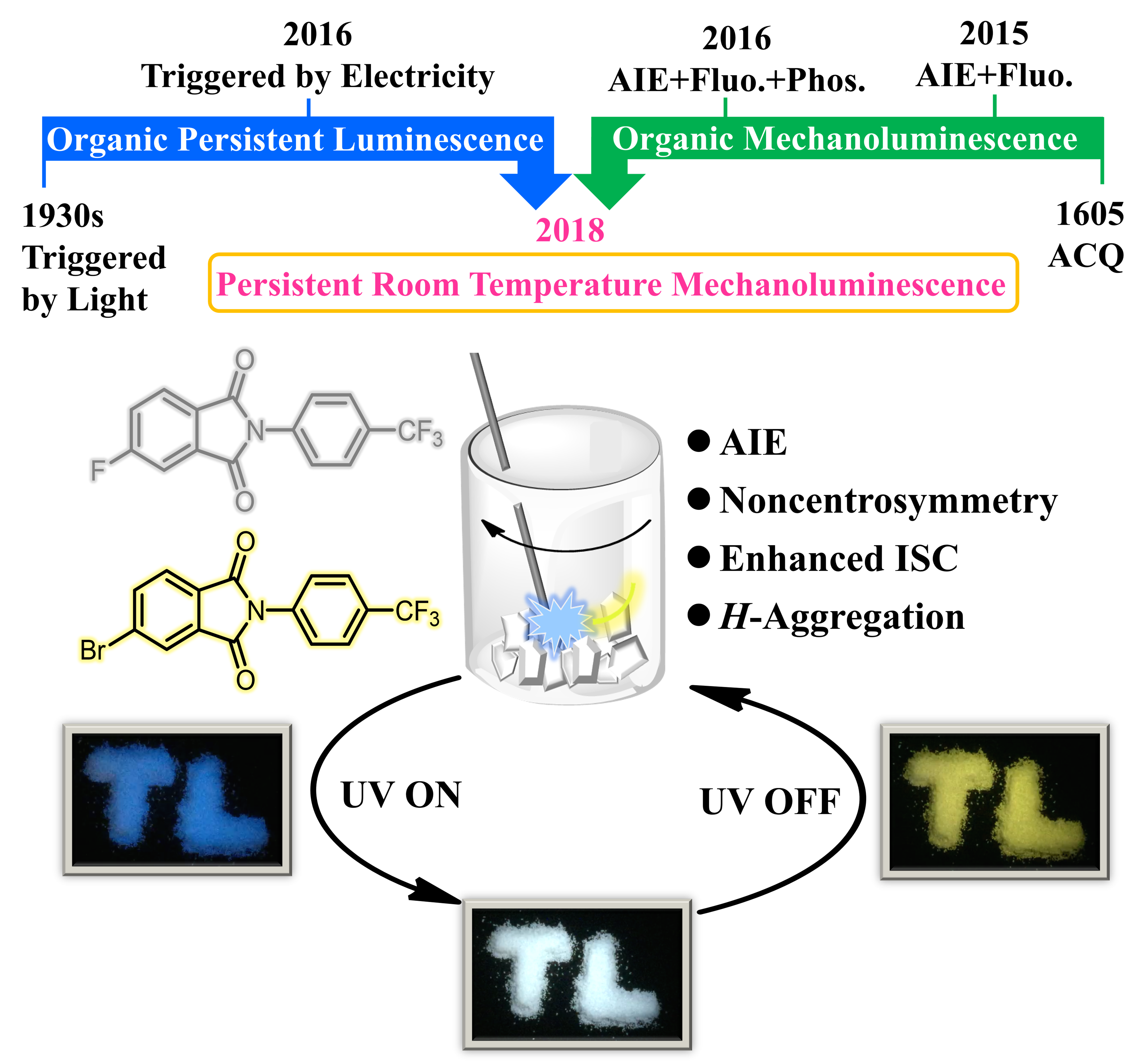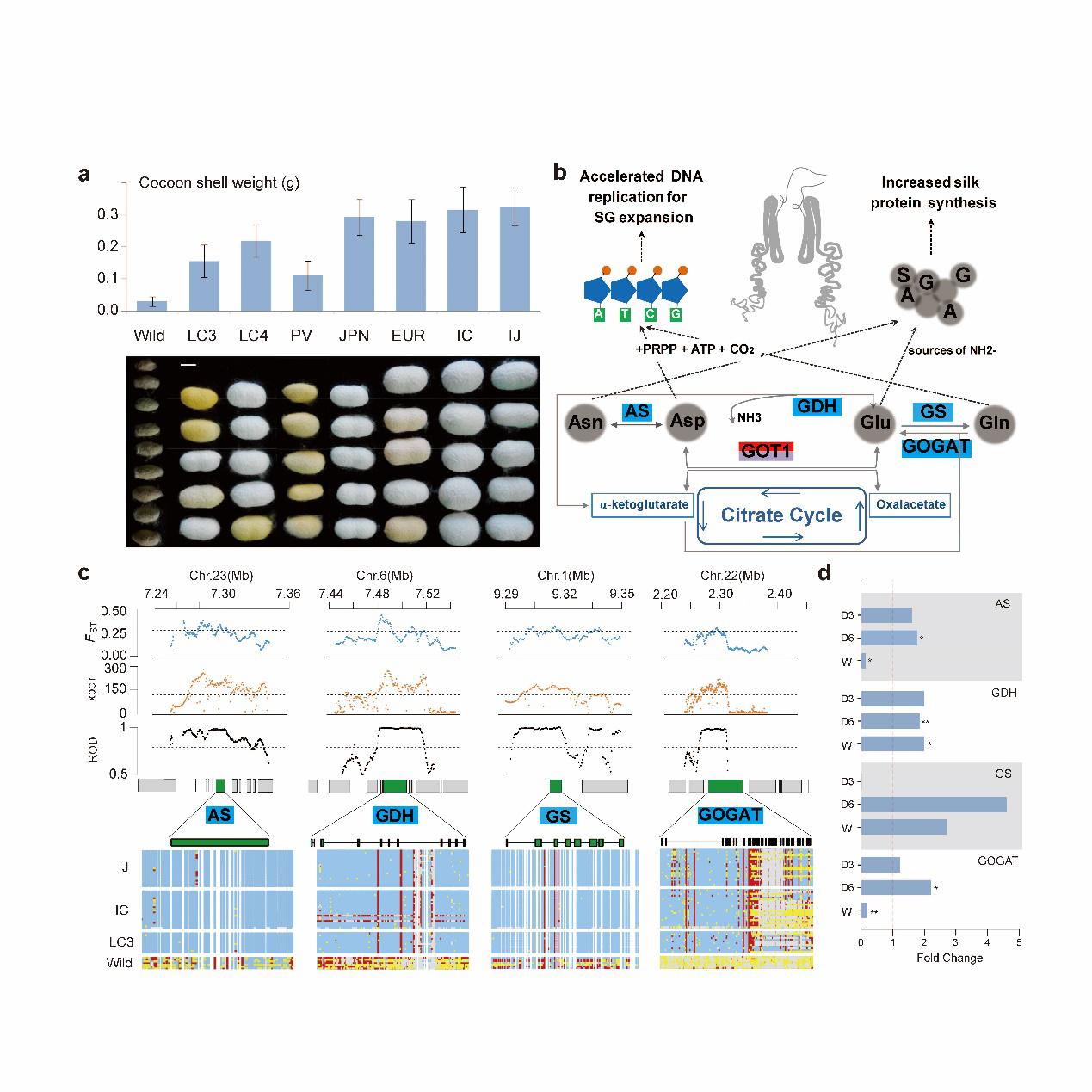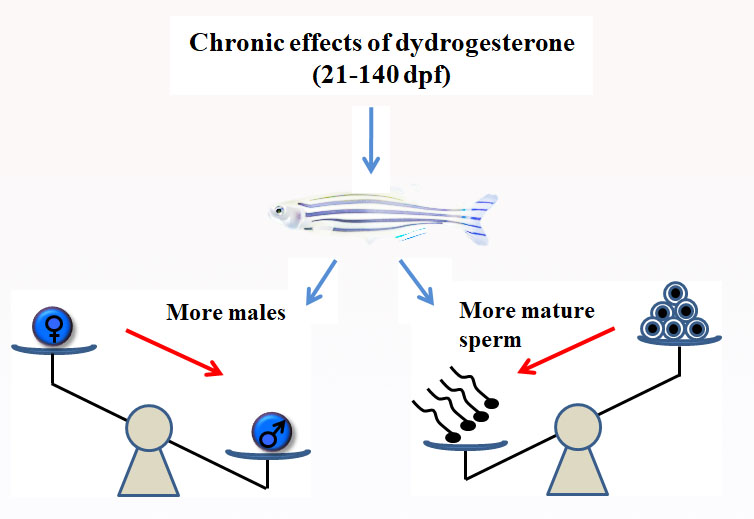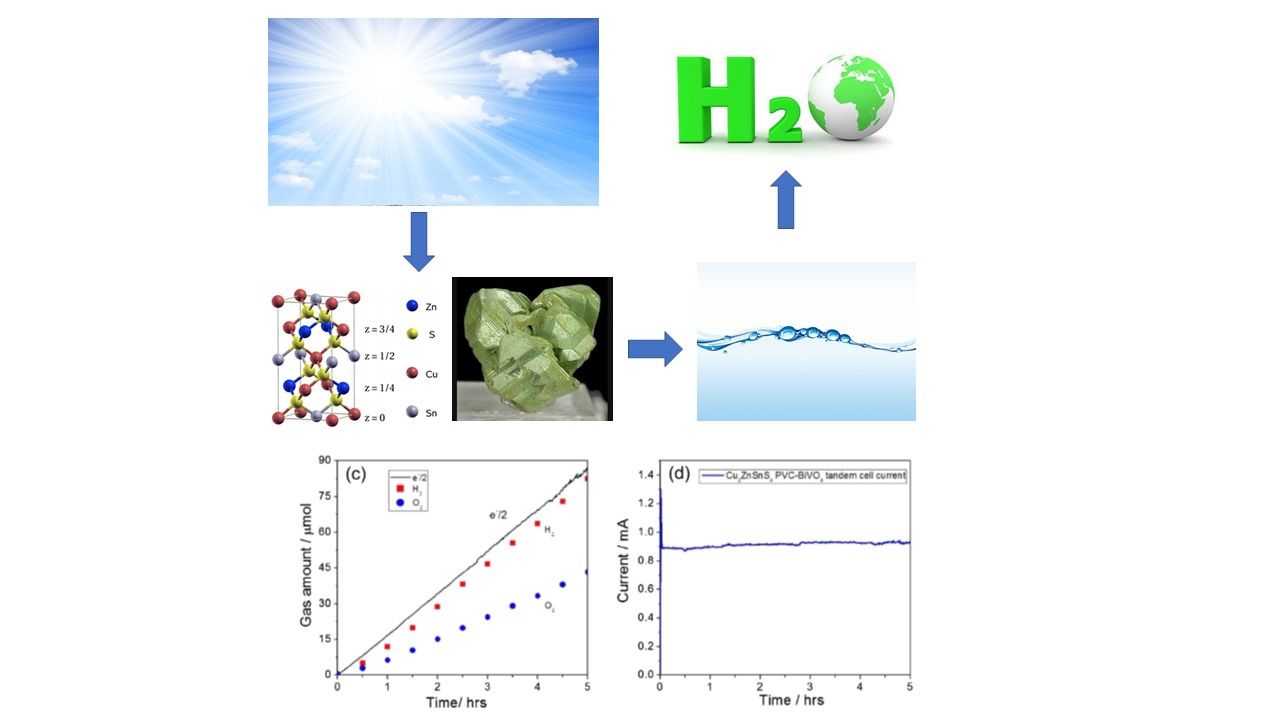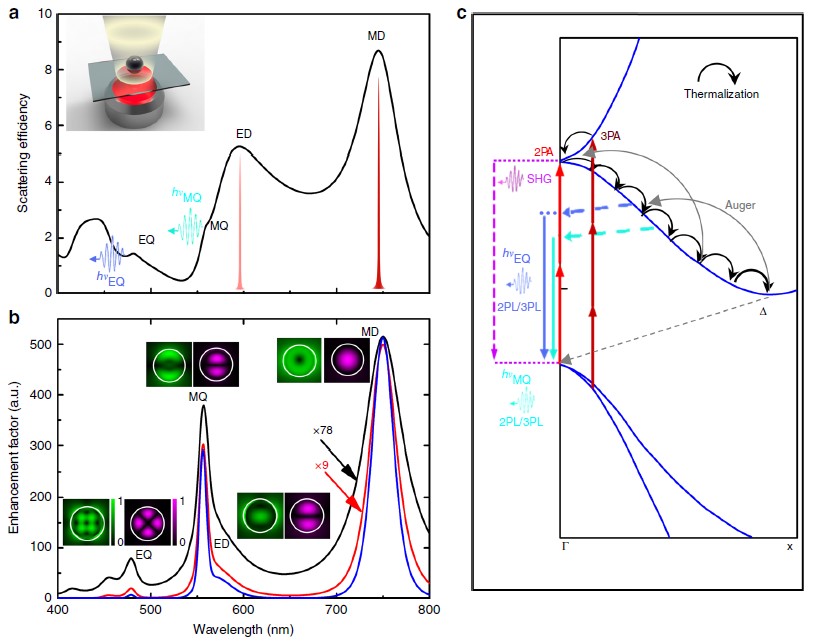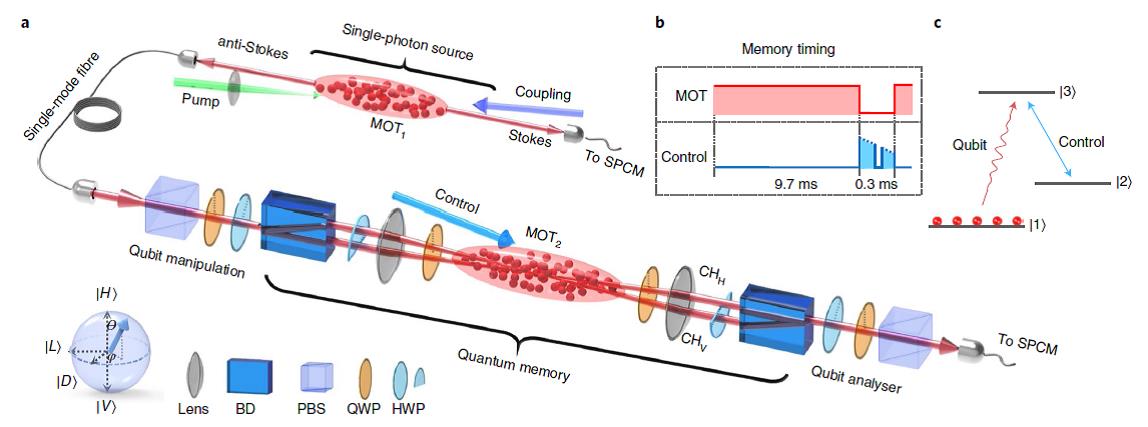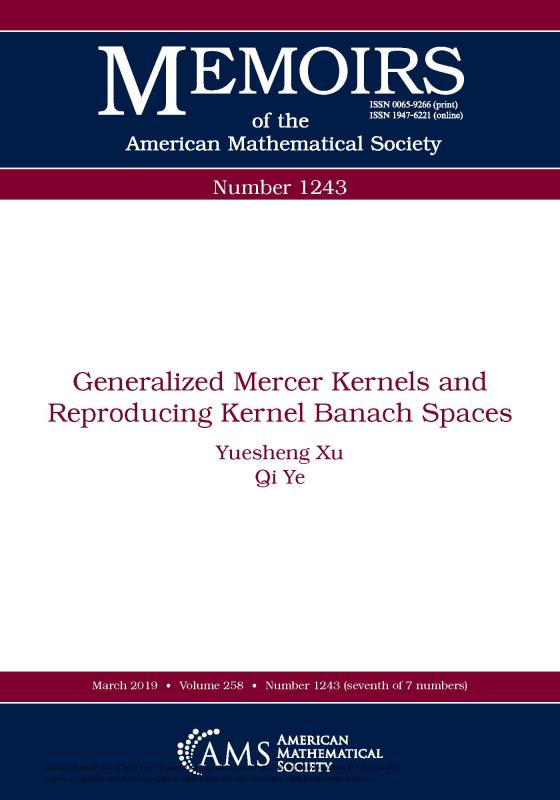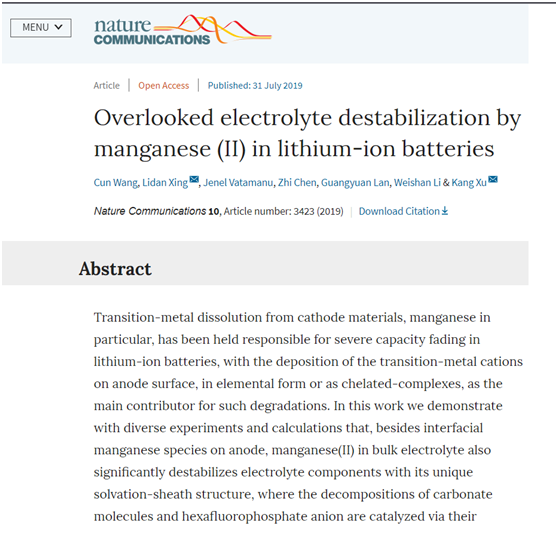
Likes
Earlier this month, a paper on the results of important new research was published on Nature Communications by Xing Lidan, associate professor of the School of Chemistry and Environment. The paper, which was entitled: "Overlooked electrolyte destabilization by manganese (II) in lithium-ion batteries", first describes the influence rule of transition metal ions on the stability of the electrolyte solution and the electrode/electrolyte interface after they were dissolved from anode materials in lithium -ion batteries.

The abstract of the published paper.
Lithium-ion batteries usually consist of the positive electrode of the lithium-containing transition metal oxide, the negative electrode for carbon, and some carbonate electrolyte in which a certain concentration of lithium hexafluorophosphate is dissolved. The transition metal ions in the positive electrode are easily eluted, especially in the process of storing or circulating the battery under extreme conditions such as high voltage and high temperature, and the eluted transition metal will lead to sharp attenuation of the battery capacity or even safety problems. Prior to this, the relevant mechanism proposed internationally involves two aspects: one is that the dissolved transition metal ions lead to the destruction of the interface structure of the anode material; the other is that the dissolved ions migrate in the electrolyte and deposit to the carbon-negative interface, which destroys the stability of the negative interface.
Taking the common manganese divalent ion as an example, the paper firstly found that once the dissolved manganese divalent ion is dissolved into the carbonate-based electrolyte, it will form a more complicated solvent structure than the lithium carbonate solvate layer with the carbonate solvent molecule and the lithium hexafluorophosphate anion. More importantly, manganese divalent ion will catalyze the decomposition of lithium hexafluorophosphate anion in its solute layer, forming phosphorus pentafluoride with high catalytic activity, which further catalyzes the decomposition of carbonate solvent molecules, and ultimately significantly reduces the thermal stability of the electrolyte, thereby reducing the cycle life of the battery. The paper has been selected by Nature Communications Editors' Highlights.
South China Normal University is the first unit of this paper. Wang Cun, a master student of the School of Chemistry and Environment, is the first author. Xing Lidan and American researcher Xu Kang are the co-corresponding authors. The research was supported by the National Natural Science Foundation of China (NSFC) "Theoretical and experimental research on the influence mechanism of transition metal ion deposition on the properties of graphite anode/electrolyte interface of lithium ion battery" project and the Guangdong Outstanding Youth Fund.
The School of Chemistry and Environment has formed a special feature in the analysis of physicochemical properties and structural construction of battery materials in the field of high-energy power and energy storage batteries. It has many high-level scientific research platforms such as the National and Local Joint Engineering Research Center and the Engineering Research Center of the Ministry of Education. By proposing a series of the new theories of the interface structure and properties of lithium ion battery materials / electrolyte solution, the school has solved several bottleneck problems in the development of high-energy batteries.
Source: School of Chemistry and Environment
Translated by Jiang Xiaohua
Proofread by Edwin Baak
Reviewed by Li Jianru
What to read next:
